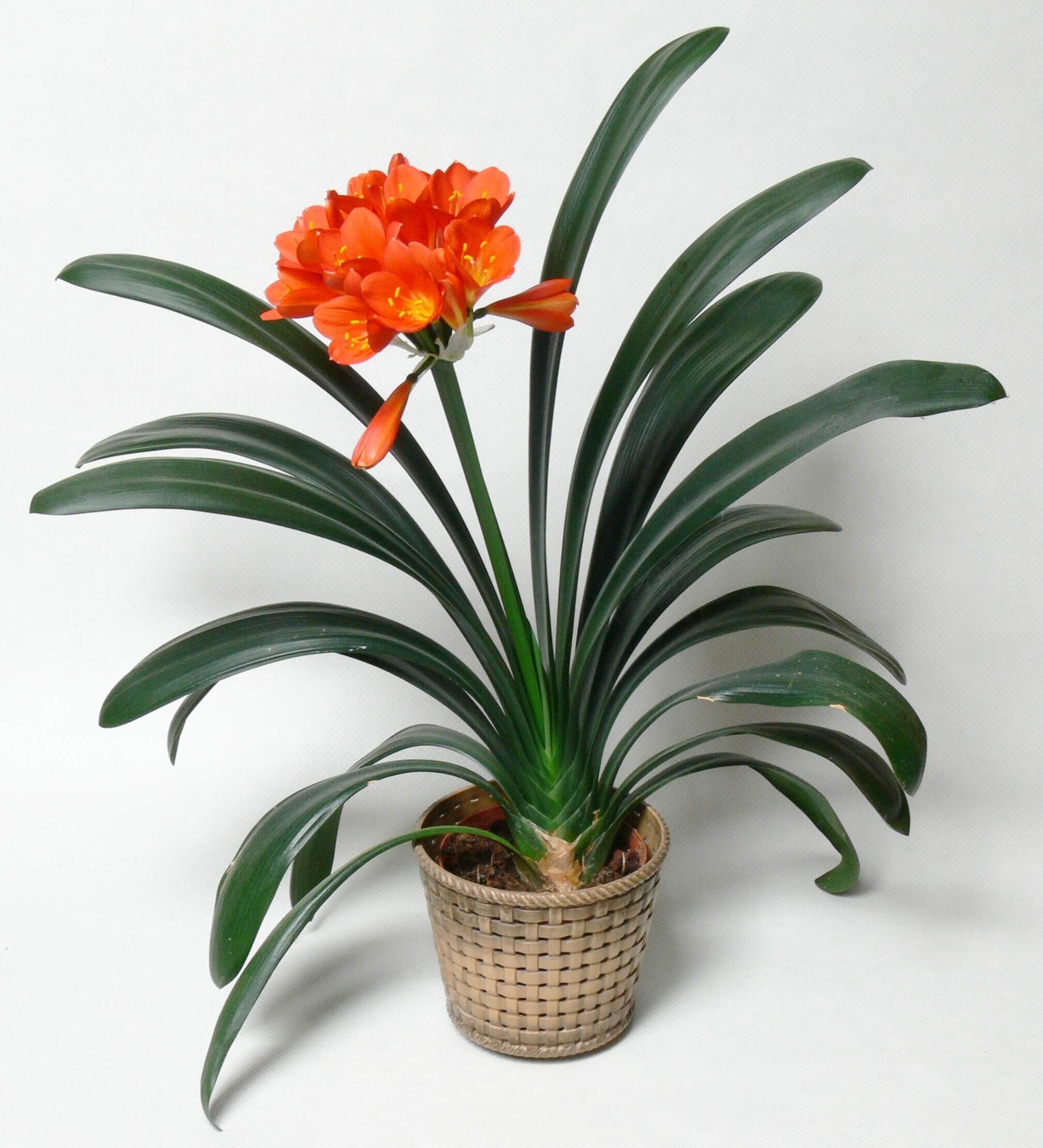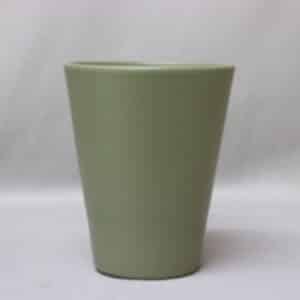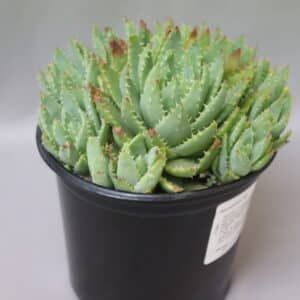The keys to happy clivia
Indigenous and fynbos

HOW TO GROW A CLIVIA PLANT
Clivia are the easiest way to brighten up shady areas of your garden with a blaze of bright orange in September and October. What’s more, the common clivia (clivia miniata) is now available in a host of colours, ranging from cream and yellow to salmon, peach and even bronze. Clivia are indigenous plants, which have adapted to our local climate, making them very easy to grow. All they require is dappled shade and occasional watering to produce brilliant blooms year after year.
HERE ARE A FEW TIPS TO HELP YOU GET THE MOST OUT OF YOUR CLIVIA:
- Water clivia once a week in summer. In winter you can rely on nature to provide enough water.
- Make sure your clivia are planted in well-draining soil. They tend to rot if the soil becomes waterlogged. In nature, they grow in forests or rocky crevices where leaves make natural compost. Dig in plenty of compost and decomposed leaves into your soil for the best results.
- Don’t plant your clivia in a very deep hole as this can also lead to plant rot. Spread the roots out horizontally when planting.
- Clivia fare best in dappled sunlight or early morning sun. Dark shade will limit the amount of flowers that your clivia produce.
- Feed clivia in spring and autumn with 3:1:5 slow-release fertiliser. Clivia in pots should be fed once a month with a liquid fertiliser such as Seagro.
- Mealy bugs might become a problem due to bad air circulation. In this case, thin the plants out and wipe the leaves with a methylated spirits solution (50% water, 50% spirits).
- Leaves which turn brown or light green at the edges are a sign that the roots are under stress. This could be due to too much or too little water, or a lack of sufficient feeding.
- The attractive berries on clivia plants do not need to be removed from the plant. Leaving them intact will not affect the next season’s flowers.
Did you know? – Planting a yellow clivia in a garden bed together with orange clivia won’t make the plant change colour, but the seeds from your yellow clivia might be a different colour due to cross pollination with the orange clivias.
HOW TO GROW CLIVIAS FROM SEEDS
- If you want clivia seeds, you will need to harvest them from a pollinated clivia plant. If you have noticed red berries on your clivia, it means the plant has been pollinated. Next steps? Leave the berries enough time to ripen (about a year) and when you cut them open, you will see seeds inside. Wash the seeds in Sunlight Dishwashing Liquid before drying with a paper towel and storing in a ventilated container.
- When you’re ready to germinate the seeds, place them between moist sheets of paper towels and top with coarse sterilised sand or peat moss in a container. Place in a warm spot to allow germination.
- Once the leaves reach 5–10cm, put them onto seed trays outside in the shade, keeping them moist, but not soggy.
- When the seedlings are about one year old, transfer each individual seedling to a 10-12cm pot.
- After another year, your seedlings will be ready to be transferred to bigger pots (about 1.75cm) and another year after that, they can go into 20cm pots.
You might also like
Shop online
-
- Sale!
DACHSHUND JUNIOR 1.5KG
- Original price was: R304.99.R243.99Current price is: R243.99.
- Add to cart Learn More




